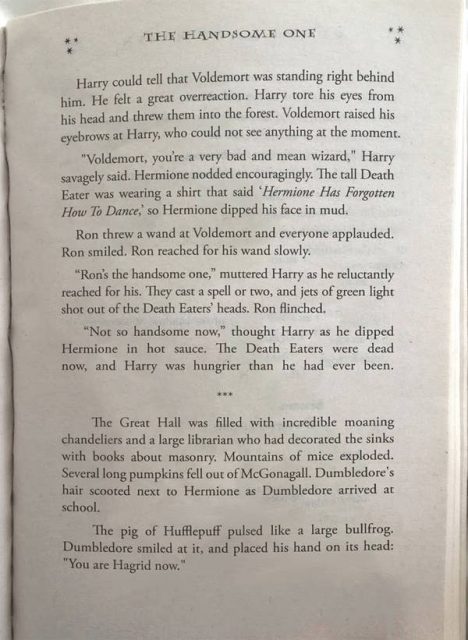Long before the term artificial intelligence (AI) was invented, clever computer programmers tried various methods to automatically produce texts for different purposes. Early attempts have been unsuccessful, but now, technology has developed so much that serious attempts for automating the writing of news reports and scientific papers are underway. What does it mean for authors?

Computer-generated brief news reports are perhaps more widely used than we are aware. For instance, The Washington Post newspaper is using a news robot called the Heliograf.
The robot working for the newspaper is not fully autonomous, but writes reports in cooperation with news editors. The editors have created templates for political news stories that feature key phrases for particular events, like elections. Heliograf is connected to a source of structured data where it can access the required data for reporting. The robot searches the database, matches the discovered relevant data with the corresponding phrases in the template, and inserts the data into the template for publishing a news report.
It is not a coincidence that the Heliograf robot was developed and taken into use after Jeff Bezos, the founder of Amazon, took over the newspaper. With the help of the robot, The Washington Post wants to publish more news stories that can reach small local audiences that previously were out-of-reach for a major newspaper.
SciNote, an enterprise that provides scientists cloud services where they can store all their notes, papers, references, ideas – anything that has to do with their research has also chosen the human-robot collaboration method for its automatic writing application. Slate talked to the people behind the Scinote’s software technology and found out that already 20 000 scientists use the company’s cloud service.
Manuscript Writer is Scinote’s automatic tool for drafting a scientific paper from pieces of data. The data must be structured and organized by the researcher for the Manuscript Writer to be able to do its job, but that’s exactly what Scinote’s cloud service enforces researchers to do. The result from the Manuscript Writer is a draft paper for further work, review and editing.
A community known as Botnik has developed a writing application that can automatically continue your work once you feed the robot enough source material for analysis. That’s how Botnik has written a sequel for Harry Potter, TV show manuscripts, advertisements, and other texts. Below a page from Botnik’s Potter adaptation (photo by Botnik.org).

Most writers (and all internet users) use artificial intelligence applications daily without paying any attention to them. A search engine is a very clever piece of technology that constantly learns more about you and what you want in order to return better search results. Facebook and other social media services constantly follow and listen to you in order to tailor their newsfeeds and ads to match your desires.
The software algorithms used in writing robots and in social media services know what to do because they have enough data to start their work, and when they are fed with more data, they can improve the results.
Can a robot write books like The Lord of the Rings, Catch 22 or The Innovator’s Dilemma? No. At the moment, a robot can write something where the results are known in advance (a fixed number of possible outcomes), and the robot fills in the key data; a robot organizes a large set of data into a document; or produces variations derived from an existing source text.

